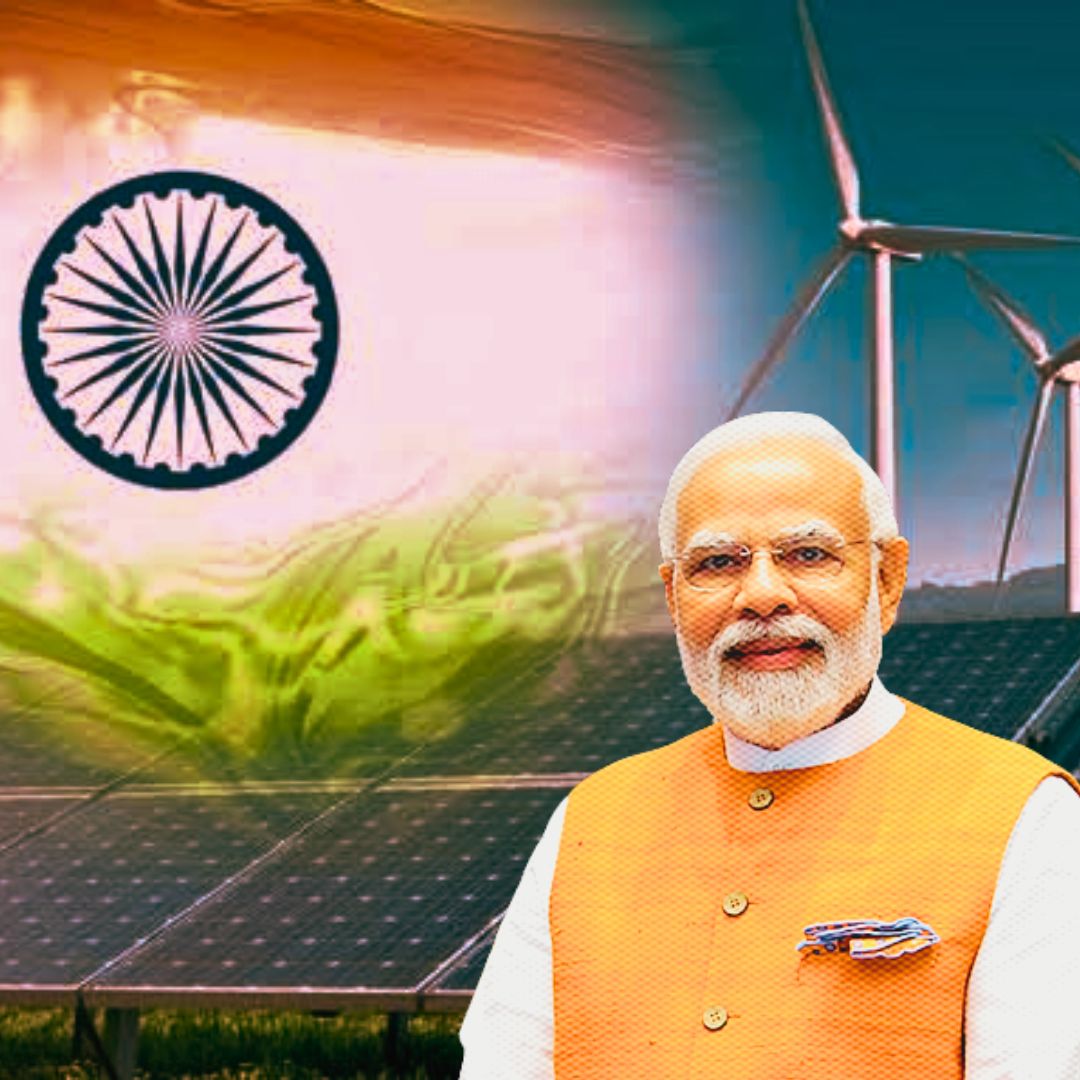India has surpassed Germany to become the world’s third-largest generator of wind and solar power, marking a significant milestone in its renewable energy journey. As of early 2025, India’s total non-fossil fuel-based energy capacity reached 217.62 GW, with solar energy accounting for 47% of the installed renewable capacity.
The country added a record 24.5 GW of solar capacity and 3.4 GW of wind capacity in 2024, driven by government incentives and policy reforms. This growth aligns with India’s commitment to achieving 500 GW of non-fossil fuel-based energy by 2030.
The rapid expansion of renewable energy is crucial for meeting rising electricity demand while addressing climate change.
India’s Renewable Energy Surge
India’s renewable energy sector has witnessed unprecedented growth, with solar power emerging as a dominant force. In 2024, solar installations nearly tripled compared to the previous year, with states like Rajasthan, Gujarat, and Tamil Nadu leading in utility-scale solar installations.
The cumulative solar power capacity reached 102.57 GW by February 2025, with ground-mounted solar plants contributing the largest share. India’s renewable energy potential stands at approximately 21 lakh MW, with wind power accounting for 55% of this potential.
Officials have highlighted the importance of government policies and investments in driving this growth. For instance, the Production Linked Incentive (PLI) scheme for solar panel manufacturing has been instrumental in boosting domestic production.
Renewable Energy Policy and Infrastructure
The Indian government has implemented several policies to boost renewable energy adoption, including tax incentives, subsidies for solar panel manufacturers, and targets for renewable capacity additions. The National Solar Mission, part of the National Action Plan on Climate Change, aims to promote solar energy through various initiatives.
However, challenges like infrastructure bottlenecks and land acquisition issues remain. Addressing these challenges will be crucial for sustaining growth in the sector.
Additionally, India aims to enhance domestic manufacturing of solar and wind technologies to reduce dependence on imports. This includes setting up solar parks and wind energy farms to streamline the development process.
The Logical Indian’s Perspective
India’s achievement in becoming the third-largest generator of wind and solar power reflects its commitment to sustainable development. However, to maintain momentum, India must address infrastructure challenges and enhance policy support for renewable energy adoption.
As the country moves forward, it sets a positive example for balancing economic growth with environmental responsibility. Encouraging community-led renewable energy projects and promoting green financing can further accelerate this transition.
What strategies do you think India should adopt to overcome its reliance on fossil fuels and achieve its ambitious renewable energy targets? Share your thoughts!
India powers up to #3 globally in wind & solar energy in 2024! 🌎 Modiji’s rooftop solar vision is lighting the way to a greener future—7% of our electricity now comes from the sun! 🔥 Let’s harness nature’s brilliance for a sustainable tomorrow. 🌿 #RenewableRevolution… pic.twitter.com/gGdosRlNnd
— Dr Aakriti (@draakriti01) April 8, 2025











